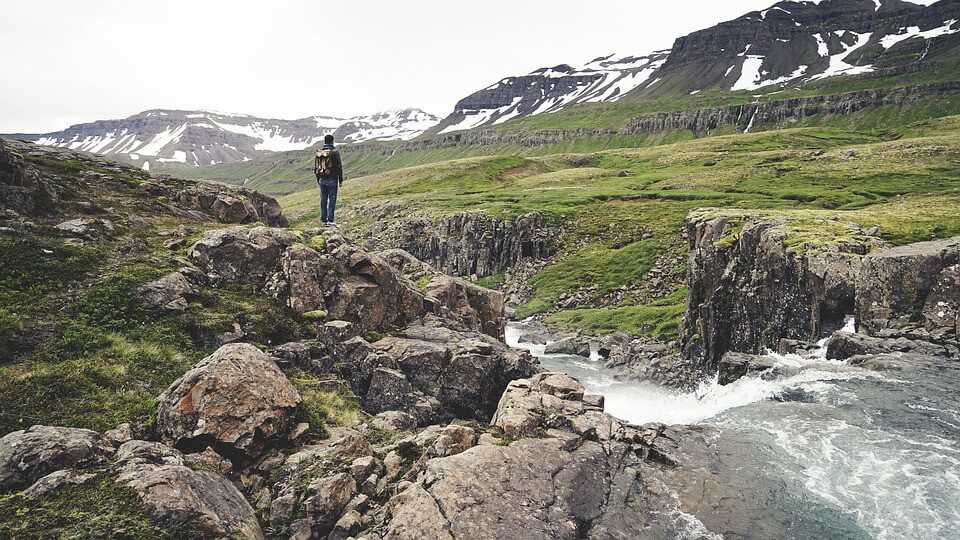Bikepacking is a fun new sport that combines hiking and mountain biking. There are various ride options ranging from local overnighters to epic cross-country trips.
When considering the type of equipment to buy, begin with the bicycle. Most bikepacking trips cross over forest-service roads or trails. This means mountain bikes are an ideal choice. However, you can also use any bike that can fit on storage bags or racks.
Bikepacking is a very customized sport, highly dependent on personal preferences. Upgrades are usually focused on increasing comfort and reducing maintenance. For most riders, a rigid mountain bike is ideal. It features a multi-position bar and mechanical disc brakes. In addition, internal gear hubs are popular because they’re easy to maintain and are less likely to get damaged during repairs.
Before starting a bikepacking adventure, ensure you have all the necessary equipment for your trips, such as a sleeping bag, stove, and tent. Like backpacking, bikepacking involves carrying equipment. However, you’ll have more places to bring it since you can pack it on a bike. Rather than carrying a lot of weight on your back, the bike handles most of the burden. Carrying low is the most aerodynamic way to improve riding comfort and handling. Most riders prefer a streamlined approach when riding through narrow trails. Avoid saddlebags and rear racks because they’re prone to get damaged and might cause mechanical failure. Instead, tie-down straps or similar fabric are the preferred methods for carrying gear.
Besides backpacking supplies, bikepackers should also have a couple of essential bike items, such as helmets, spare tubes, and multi-tools. They carry a light lock, chain lube, and power links. Sealant and tire liners improve flat-tire protection. You should attach a bike light to your handlebars or helmet to provide a high-output light for nighttime riding.
To ensure that you’re consistently comfortable, pair padded gloves and shorts with a couple of high-quality mountain bike shoes that are compatible with clipless technology. Avoid road-style shoes with very stiff soles.
For rest days and camping, consider adding casual shoes to your bag. A small tarp can also protect your bike in bad weather.
Bikepackers travel three times the distance than backpackers go on foot. Regarding bikepacking, it’s important to note that you’ll be carrying both your gear and your weight. For optimal riding, limit your speed and allow for longer stopping distances. Also, use an easier-gear system to reduce fatigue.
Adding air units to your tires will help support the additional weight. Bike suspension improves control, grip, and comfort on knobbly, rocky singletrack or potholed roads. It is one of the primary add-ons that increase the pleasure of riding. Packing multiple grips for your handlebars will help reduce hand fatigue during your trip. If you have a mountain bike with no drop bar, consider getting one for a more comfortable long-term experience, transferring between two different holding positions.
